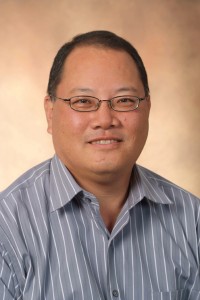Tecan collaborates with Arizona State University to rapidly assess radiation exposure
Posted: 29 April 2010 | kdm communications limited | No comments yet
Tecan is collaborating with Arizona State University (ASU) to develop the Integrated Biodosimetry System…
Tecan is collaborating with Arizona State University (ASU) to develop the Integrated Biodosimetry System...
Tecan is collaborating with Arizona State University (ASU) to develop the Integrated Biodosimetry System, a prototype robotic system for rapid, high throughput screening to measure an individual’s level of exposure to radiation in the event of a radiological or nuclear incident.
The project, involving several prestigious organizations, is supported by the US Department of Health and Human Services’ Biomedical Advanced Research and Development Authority (BARDA), and focuses on development of a system to enable more rapid triage of patients than is currently possible. Tecan, the ASU Biodesign Institute and its partners hope to demonstrate proof-of-concept of the platform technology by the end of the current contract period.
Dr Carl Yamashiro, principal investigator at ASU’s Biodesign Institute, explained: “The research team will work with Tecan on building a comprehensive high throughput system, allowing scientists to analyze blood samples from up to 2,000 people per day, per instrument. The beauty of our system is its versatility. Not only will we be developing a system for the effective response to a nuclear or radiological event that could affect a large population, but the high throughout platform can also be used to advance genomics testing and other routine laboratory procedures that measure gene expression levels.”
Peter Siesel, Vice President of Sales and Marketing at Tecan, said: “We are pleased and excited to be part of this impressive collaboration. Tecan has a long history of providing world-class automation solutions for our partners and customers. This project is especially important because of its significance to the defense and protection of the US population.”





